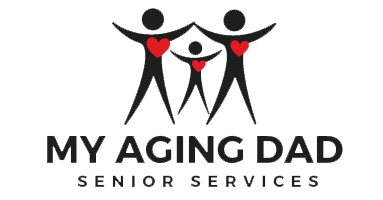What are some activities you can do for loved ones with dementia?
Pick the right activities
The right activities play a significant part in the prevention of accidents and can help slow mental decline. Enjoy them! Even more important, you can find activities to enjoy with your loved ones and family. Oftentimes, family members do not know what to do when they visit. I have included a chart below to inspire new ideas, overcoming the ‘worry’ of “what do I do” for kids and family visiting.
Occupation
A key term to consider is occupation. Occupations are the activities that people do daily to give their life meaning and purpose. For many moms and dads, it is taking care of children. For some, it is oriented around a career. Others may be oriented around the community. Remember how important it is to think about who your parent was before dementia? If you haven’t yet read it, check out the blog I wrote on starting with the right mindset.
Picking the right activities
Identifying the right activities is key to enjoying time and helping your parents. Activities should…
- Compensate for lost abilities
- Promote their self-esteem
- Hold onto residual skills
- Provide a chance for enjoyment, pleasure, and social contact.
- Keeping a daily routine.
| Purpose | Activity With Your Loved One |
|---|---|
| Your goals | Engage. Encouraging your loved one to do as much as possible for themselves when involving self-care. Feeding, dressing, bathing, and grooming are important. |
| Uniqueness | Know the person’s work history. What are their hobbies? What are their social interests? Significant life activities? Spiritual preferences? Family dynamics? Are they a veteran? Do they love to travel? What are their cultural preferences? |
| Activities should re-establish old roles | What was their former job? |
| Relaxation and pleasure | Getting a foot rub, or a message |
| Activities should have meaning to them | Write a letter to a soldier |
| Keep them simple and unhurried | Listening to music |
| Activities should be dignified | Read a book to their grandchild |
| Activities should include a sensory experience | Petting a cat or dog |
| Emphasis reminiscent | Looking through old photos |


